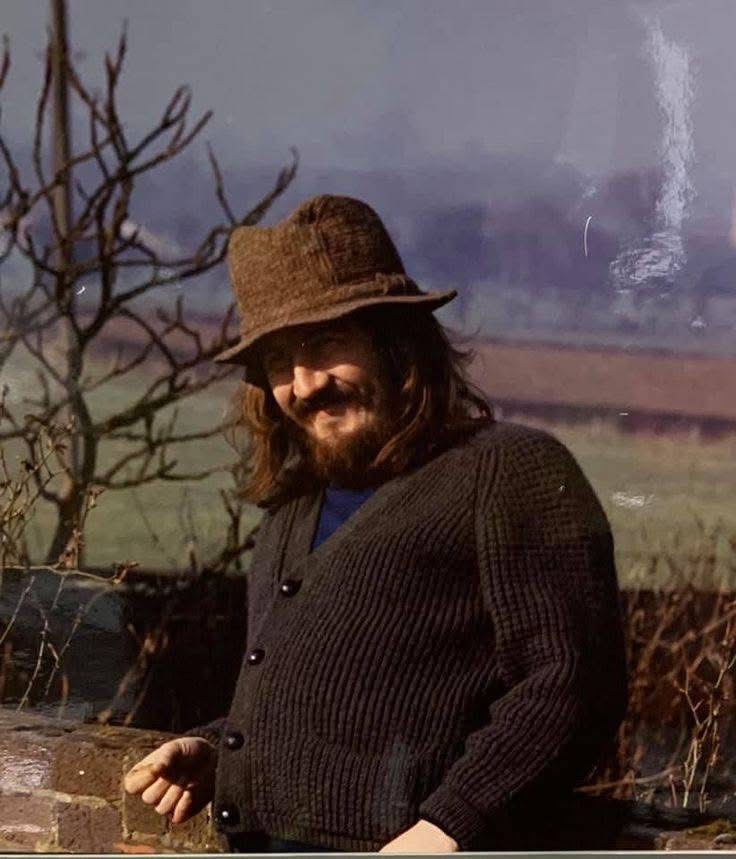LIn 1972, John Bonham, the legendary drummer of Led Zeppelin, could often be found at his beloved Old Hyde Farm in Cutnall Green, Worcestershire, England — a peaceful countryside retreat far removed from the roaring arenas and wild tours that defined his rockstar life. There, surrounded by rolling fields, ancient trees, and the quiet rhythm of rural life, Bonham embraced a world that stood in stark contrast to the thunderous drums he commanded onstage.
Old Hyde Farm wasn’t just a property; it was a sanctuary. Nestled in the heart of the English countryside, the farm served as a grounding force for Bonham, whose life was otherwise swept up in the dizzying highs of global fame. With his wife, Pat, and their children, Bonham found peace and purpose tending to the land and caring for his animals. His deep love for farming was genuine — not a celebrity whim, but a return to his roots, a nod to the life he might have led had music not intervened.
On any given day, Bonham could be seen driving a tractor across the fields or feeding his prized horses. He had a particular fondness for collecting vintage cars and motorcycles, which he meticulously restored in a barn converted into a workshop. Friends who visited often spoke of his immense pride in the farm, of evenings spent around a fire, drinking ale, and listening to him talk about engines and livestock with the same passion he reserved for Ludwig drum kits and John Coltrane records.
Though his talent on the drums was earth-shaking — and his solos the stuff of rock legend — Bonham was, at heart, a man of the land. He relished the tactile, honest work of farm life. There was something restorative about the way nature moved — steady, slow, and unbothered by fame. At Old Hyde, he was not Bonzo the rock god, but John, the farmer, the father, the neighbor.
Yet even in this bucolic setting, the pulse of Led Zeppelin was never far. Inside the farmhouse, nestled among family photos and equestrian trophies, were reminders of his other world — gold records, tour posters, and the occasional drum kit, always ready should inspiration strike. Bonham was known to rehearse in a converted barn, the open countryside providing the perfect acoustics for his explosive rhythms. The beat of his drums, echoing over the fields, was a surreal juxtaposition — a sound more at home in Madison Square Garden than rural Worcestershire.
In 1972, Led Zeppelin was at the height of its powers. They had just released *Houses of the Holy* and were preparing for another world tour. But whenever there was a break in the chaos, Bonham returned to Cutnall Green. His fellow bandmates often said that the farm was what kept him sane — a vital counterbalance to the intoxicating excesses of life on the road.
Neighbors remember him not as a rock star, but as a friendly local — generous, unpretentious, and occasionally mischievous. He was known to drop by the local pub, share a drink and a story, and return home in time to tuck his children into bed. That year, as Zeppelin ascended ever higher in the rock stratosphere, Bonham remained deeply connected to the earth beneath his feet.
Old Hyde Farm was more than a retreat; it was the embodiment of Bonham’s dual life — thunder and tranquility, stardom and solitude. In 1972, at the peak of his fame, John Bonham found refuge not in excess, but in the quiet dignity of the land, the love of his family, and the simple joys of home.
